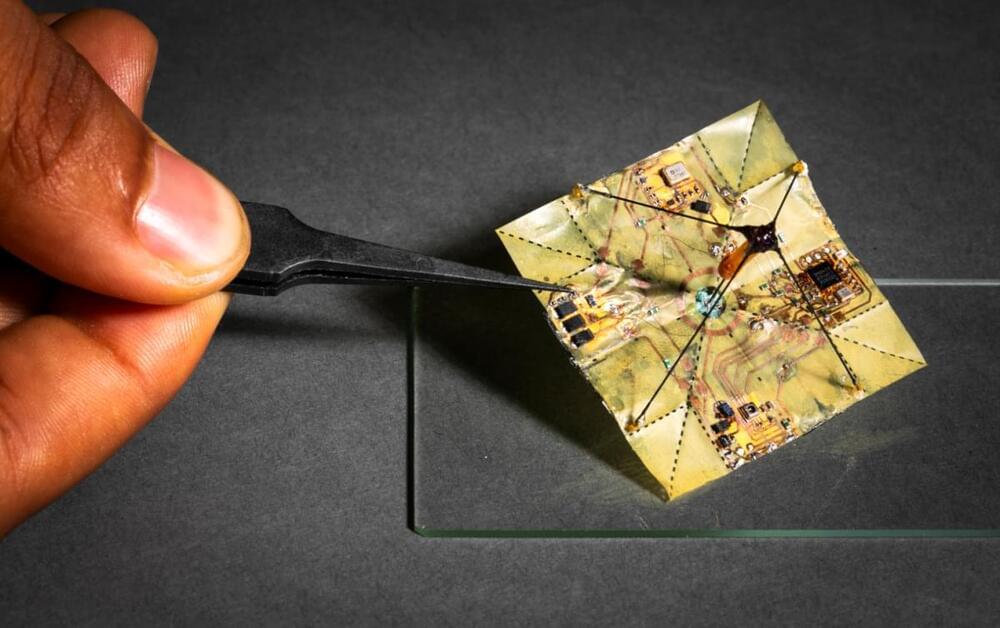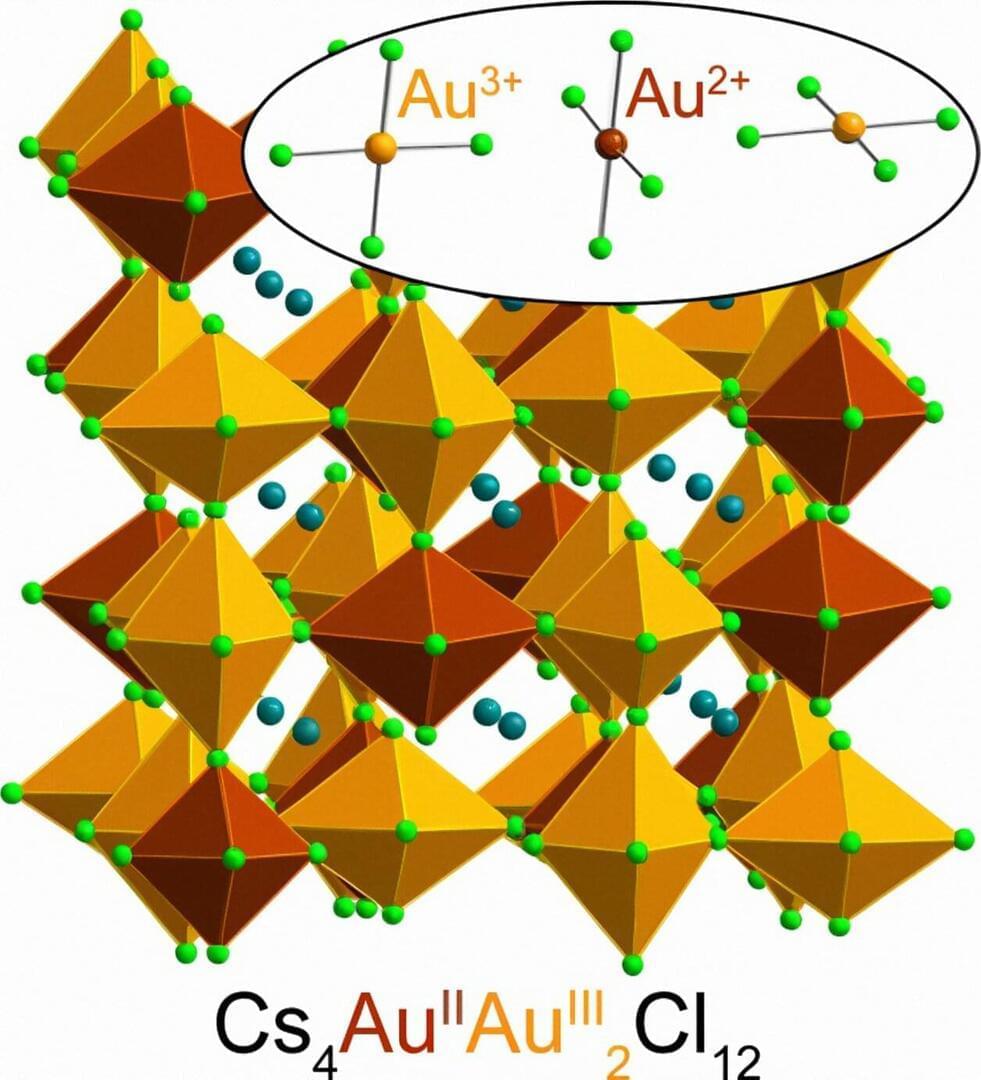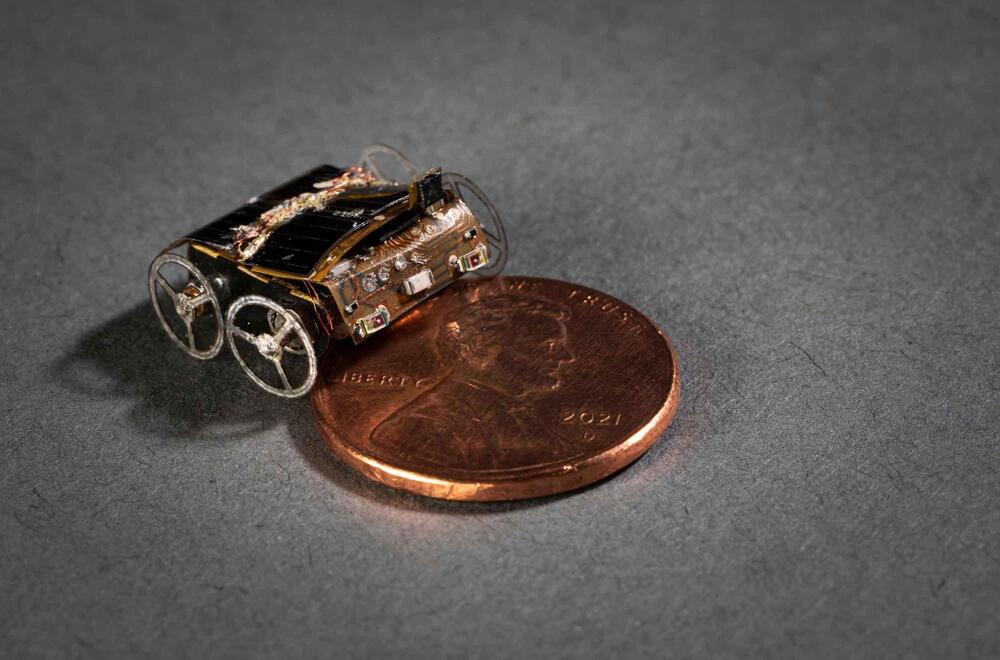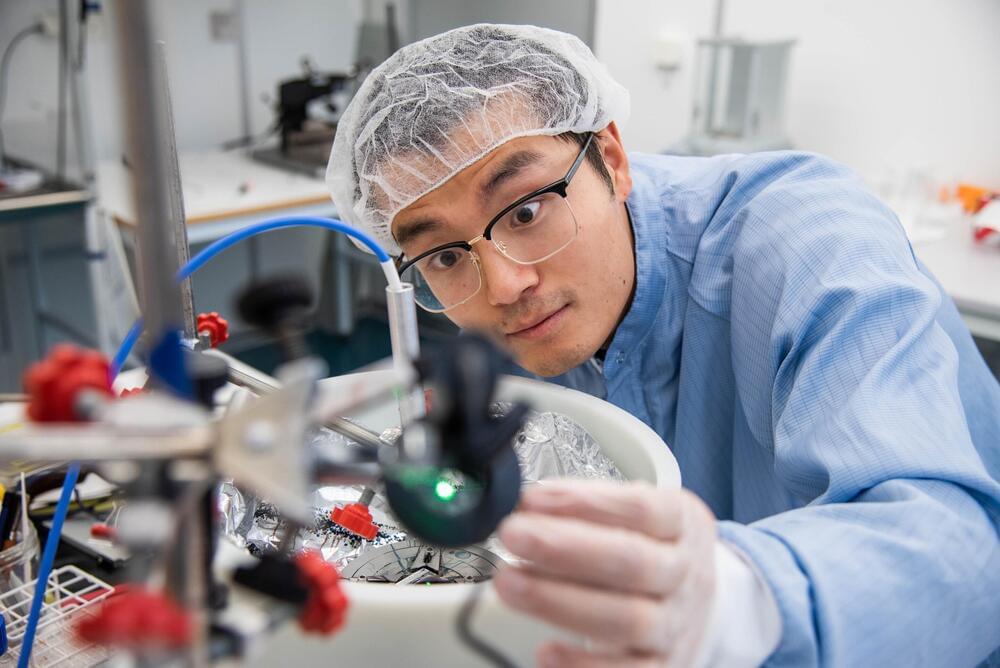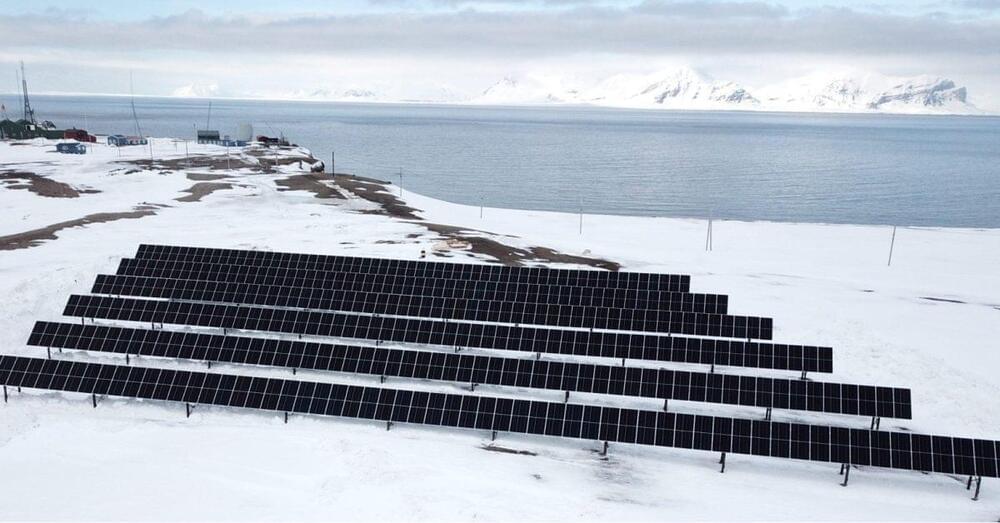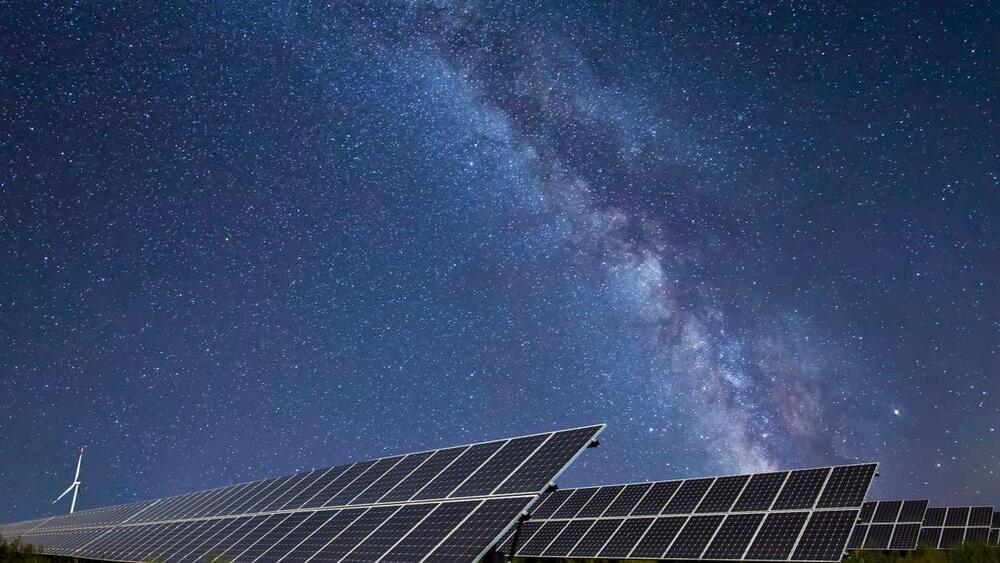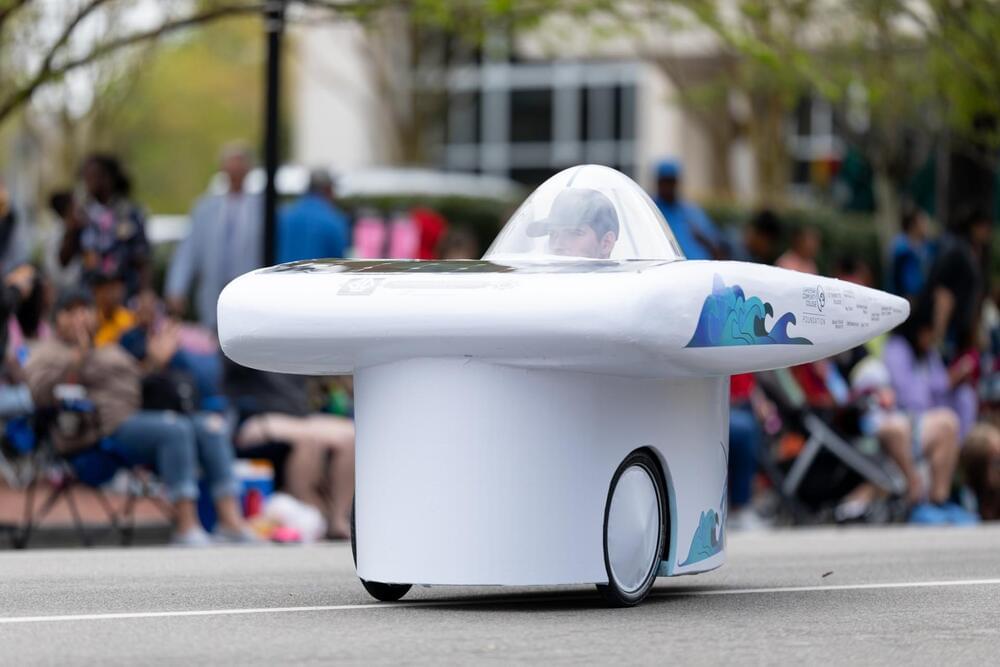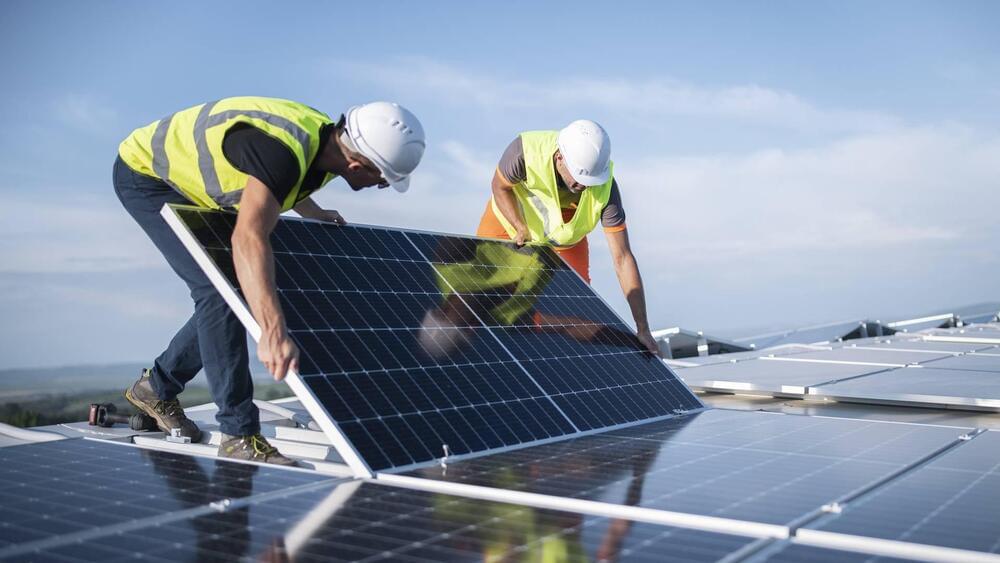Scientists at the University of Washington have developed flying robots that change shape in mid-air, all without batteries, as originally published in the research journal Science Robotics. These miniature Transformers snap into a folded position during flight to stabilize descent. They weigh just 400 milligrams and feature an on-board battery-free actuator complete with a solar power-harvesting circuit.
Here’s how they work. These robots actually mimic the flight of different leaf types in mid-air once they’re dropped from a drone at an approximate height of 130 feet. The origami-inspired design allows them to transform quickly from an unfolded to a folded state, a process that takes just 25 milliseconds. This transformation allows for different descent trajectories, with the unfolded position floating around on the breeze and the folded one falling more directly. Small robots are nothing new, but this is the first solar-powered microflier that allows for control over the descent, thanks to an onboard pressure sensor to estimate altitude, an onboard timer and a simple Bluetooth receiver.
